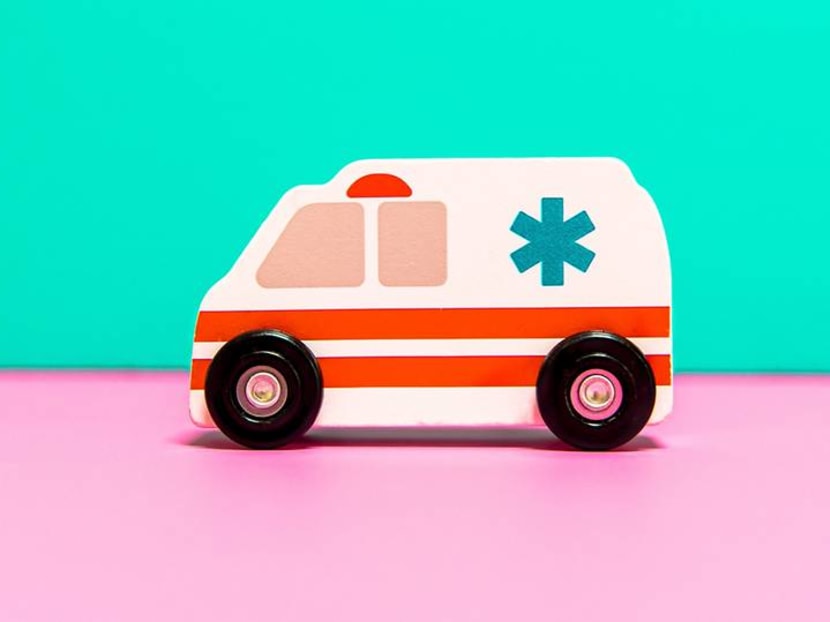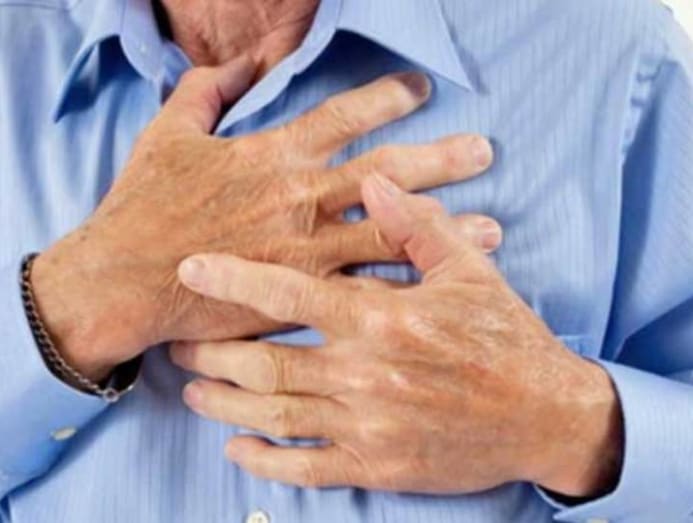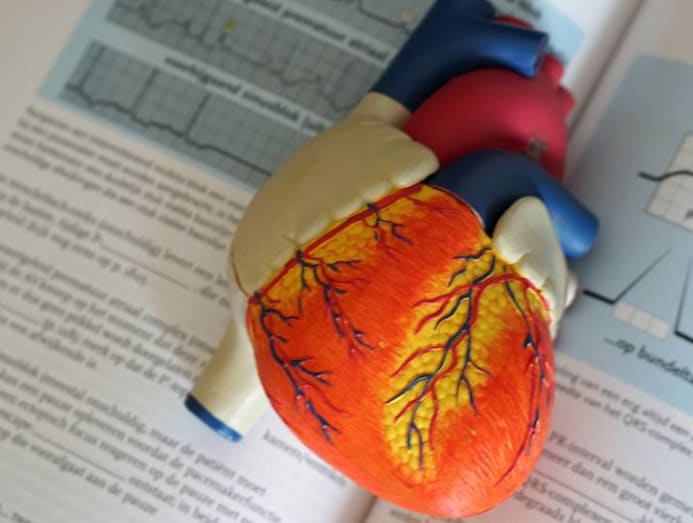Do you call an ambulance or rush to the hospital when someone has a heart attack?
Every second counts – and that includes treatment en route to the A&E. Medical experts explain to CNA Lifestyle why calling 995 might be the best game plan.

(Photo: Unsplash/Joshua Coleman)
What do you do if someone collapses from what appears to be signs of a heart attack? Do you quickly bundle him or her into the car and drive to the nearest A&E department – or do you dial 995 for the ambulance?
In line with World Heart Day on Tuesday (Sep 29), CNA Lifestyle talked to medical experts on the best course of action to take when someone shows the following signs: Pressure, pain or an aching sensation in the chest that spreads to the arms, back, neck or jaw; shortness of breath; cold sweat; nausea; abdominal pain and/or light-headedness.
According to Dr Loh Poay Huan, a senior consultant with Department of Cardiology at National University Heart Centre, Singapore (NUHCS), you are better off calling the ambulance for one foremost reason: Early treatment limits the damage to the heart muscle.
READ: Watched an action hero pop back a dislocated shoulder onscreen? Don't try it at home
“(Heart muscle) cells start to die within 20 minutes and they will not recover even after the blood flow has been re-established. The longer the heart muscle is deprived of oxygen, the more heart muscle cells die, leading to a more extensive damage to the heart structure and function,” said Dr Loh.
“The heart does not have the ability to regenerate or regrow new heart muscle cells to repair the damage. Hence, a heart attack frequently leaves the patient with heart failure. Therefore, every second counts when it comes to early treatment of heart attack”.

EMERGENCY MEDICAL SERVICES ARE NOT OPTIMALLY UTILISED
So do more Singaporeans call 995 or get themselves to the A&E department on their own? At Singapore General Hospital (SGH), about two thirds of heart attack patients were walk-in cases, while the rest were via ambulances from 2016 to 2019, according to Professor Marcus Ong, a senior consultant at SGH’s Department of Emergency Medicine.
At the national level, only 49.8 per cent of heart attack patients use emergency medical services or EMS, said Prof Ong, who was part of a research on EMS utilisation in 2016.
Heart muscle cells start to die within 20 minutes and they will not recover even after the blood flow has been re-established. The longer the heart muscle is deprived of oxygen, the more heart muscle cells die.
“The fact that half of the studied STEMI (ST segment elevation myocardial infarction, a serious type of heart attack) population failed to utilise EMS is a concern,” said Prof Ong, who is also the medical director of the Unit for Pre-hospital Emergency Care at the Ministry of Health’s Hospital Services Division.
“The public would benefit from being made aware of the importance of using ambulances when they have symptoms suggestive of a heart attack.”
The call to tap on EMS when needed is something Dr Loh agreed with. At NUHCS, he has noted that the ratio of walk-ins to ambulance cases is about 30:70 as compared to the national average of 50:50.
“This can be attributed to the establishment of the Western STEMI Network to centralise STEMI treatment in a tertiary cardiac centre. This highlights the importance of accessing healthcare through the correct route from the outset in order to receive a high standard of care in the fastest possible way.”
RECEIVE TREATMENT EN ROUTE TO THE HOSPITAL
There’s another critical reason for calling the ambulance: One in every 300 patients with chest pain suffers cardiac arrest in the ambulance en route, according to Prof Ong’s research. If you had opted to take the patient in a car or taxi, he would not receive cardiopulmonary resuscitation and defibrillation in the event of a heart attack.
“The pre-hospital emergency medical care treatment includes giving intravenous fluid for low blood pressure and oxygen for patients with heart failure,” said a spokesperson from Singapore Civil Defence Force (SCDF), which provides an emergency service. “Paramedics can also give certain medications to prevent blood-clot forming or to dilate the heart vessels in order to allow blood to flow to the heart muscle.”
READ: Pain, pain, go away: Why you shouldn't take over-the-counter painkillers lightly
Moreover, the paramedics can also transmit their assessment of the patient’s condition and ECG to the hospital prior to the patient’s arrival, according to the spokesperson.
Dr Loh added that “importantly, the emergency cardiology team can be informed and be prepared to receive the patient in the procedure room from the A&E. In our experience, the patients who presented via emergency ambulance could have their angioplasty done at an average of 31 minutes quicker than the walk-in patients”.

“Patients suspected of having a heart attack are strongly advised to call for an ambulance as the crew is professionally trained to manage the medical condition en route to the hospital,” reiterated Prof Ong.
TIMELINESS SAVES LIVES AND LEADS TO SHORTER TREATMENT TIME
Just how soon should we get the patient to the hospital? In South Korea, for instance, an hour’s delay in hospital treatment can lead to an increase in death rate by 55 per cent, said Dr Loh. In Japan, only patients who presented themselves at the hospital within three hours of the onset of symptoms benefited from a shorter treatment time.
“Such data is not available for Singapore,” said Dr Loh, though he noted that a treatment time of less than 60 minutes to unblock the heart vessel could lead to “an approximately 12 per cent reduced risk of death relative to patients who had a treatment time of more than 60 minutes”.
He added: “Those patients who presented via ambulance service were three times more likely to be treated within the 60-minute threshold”.





